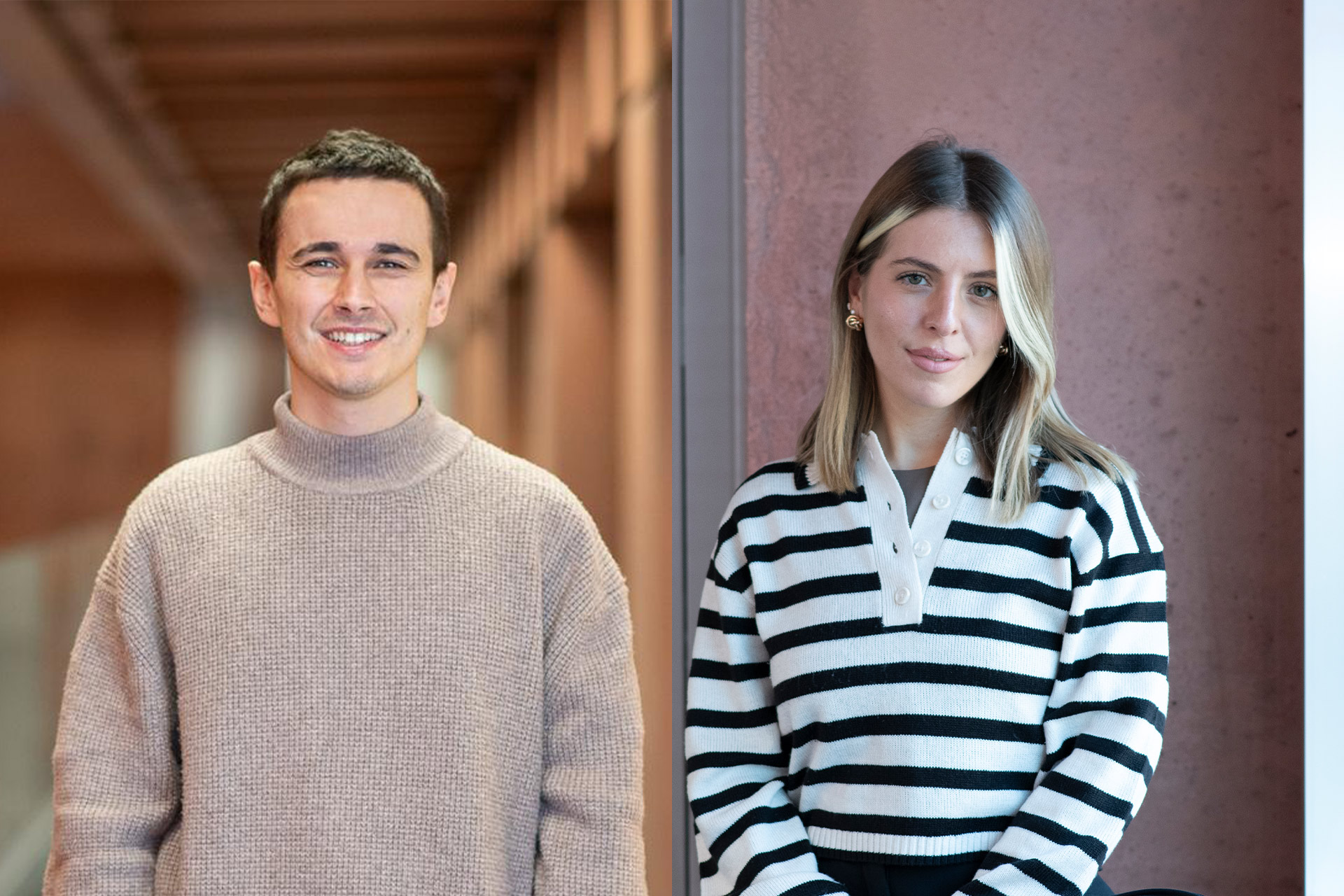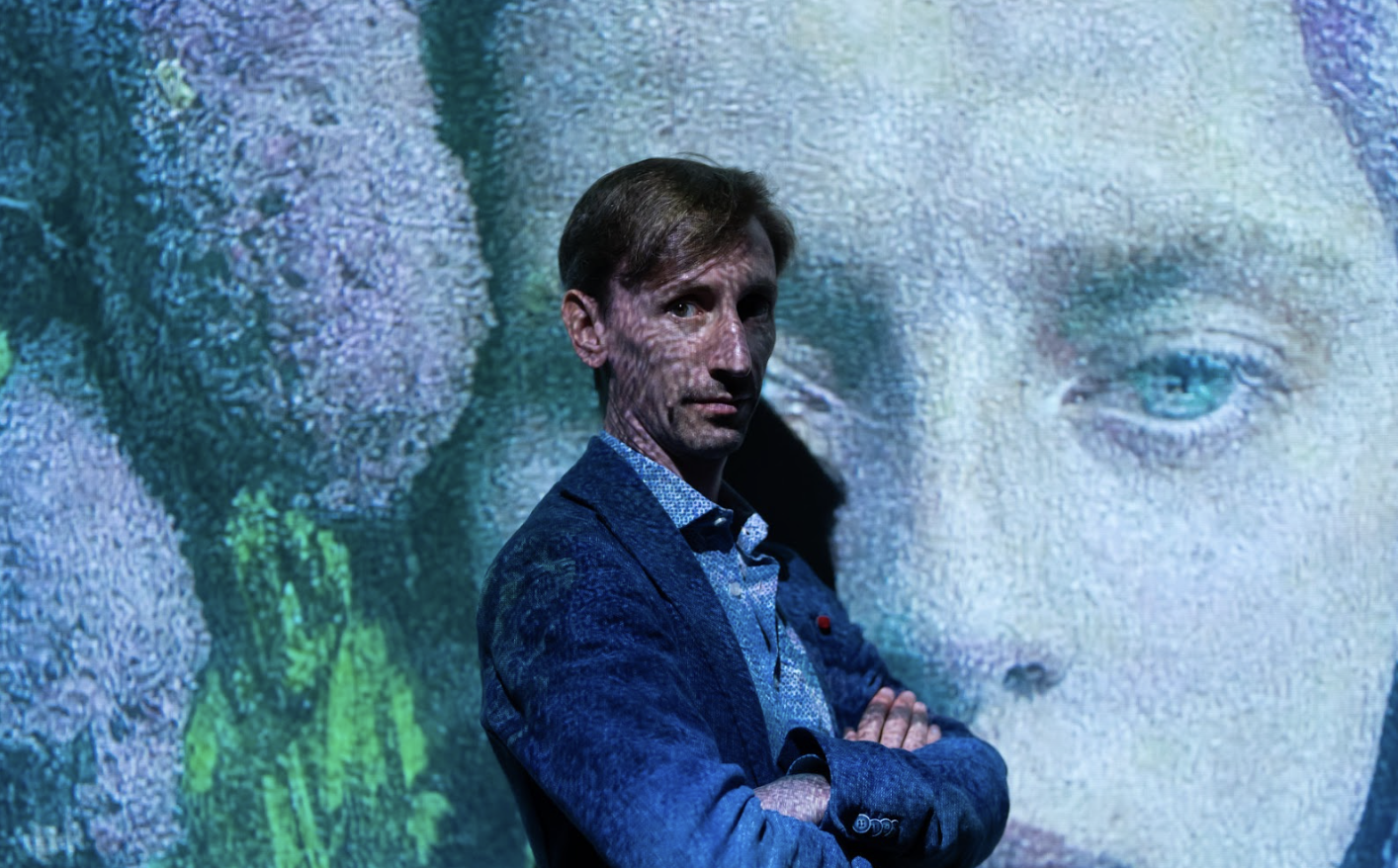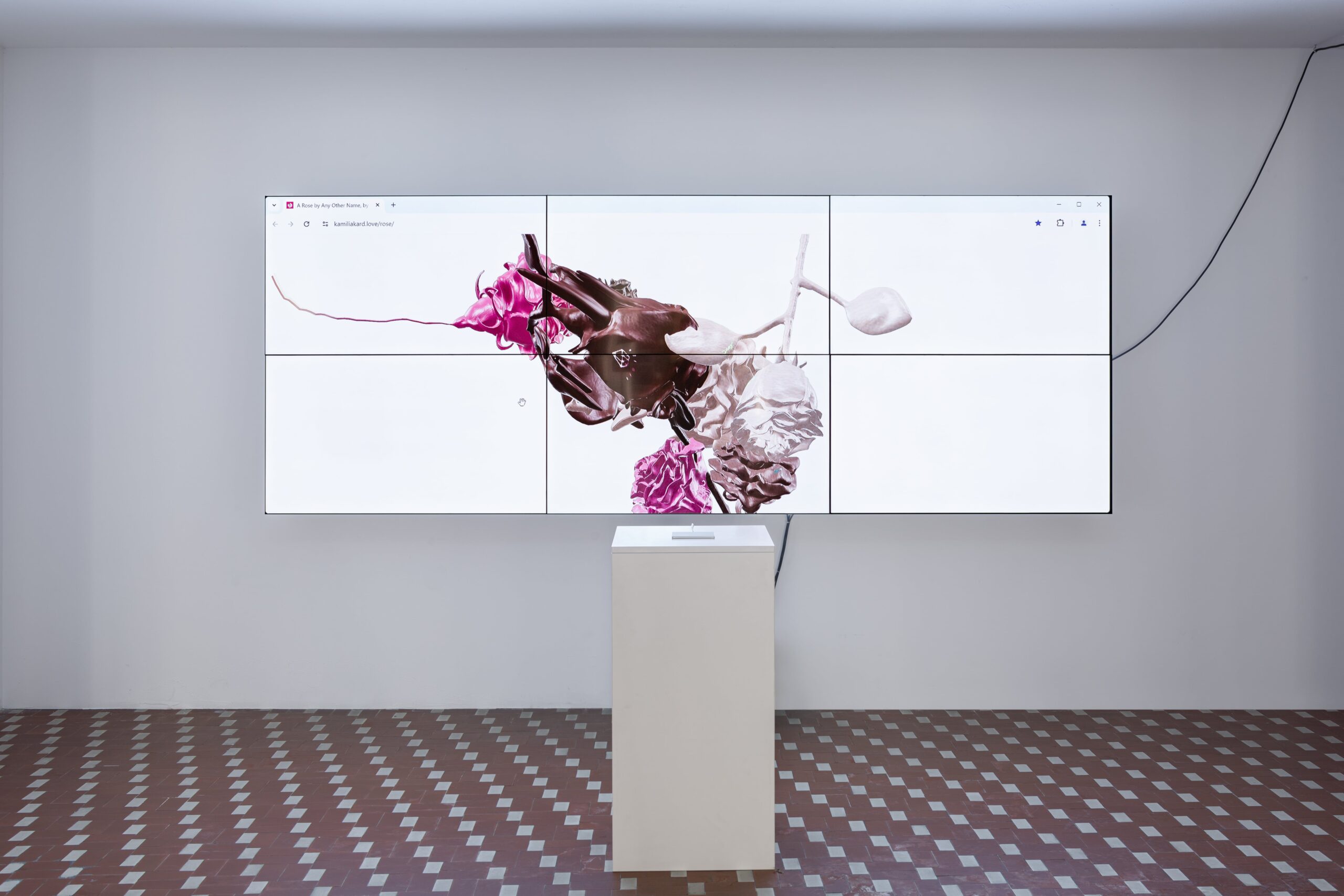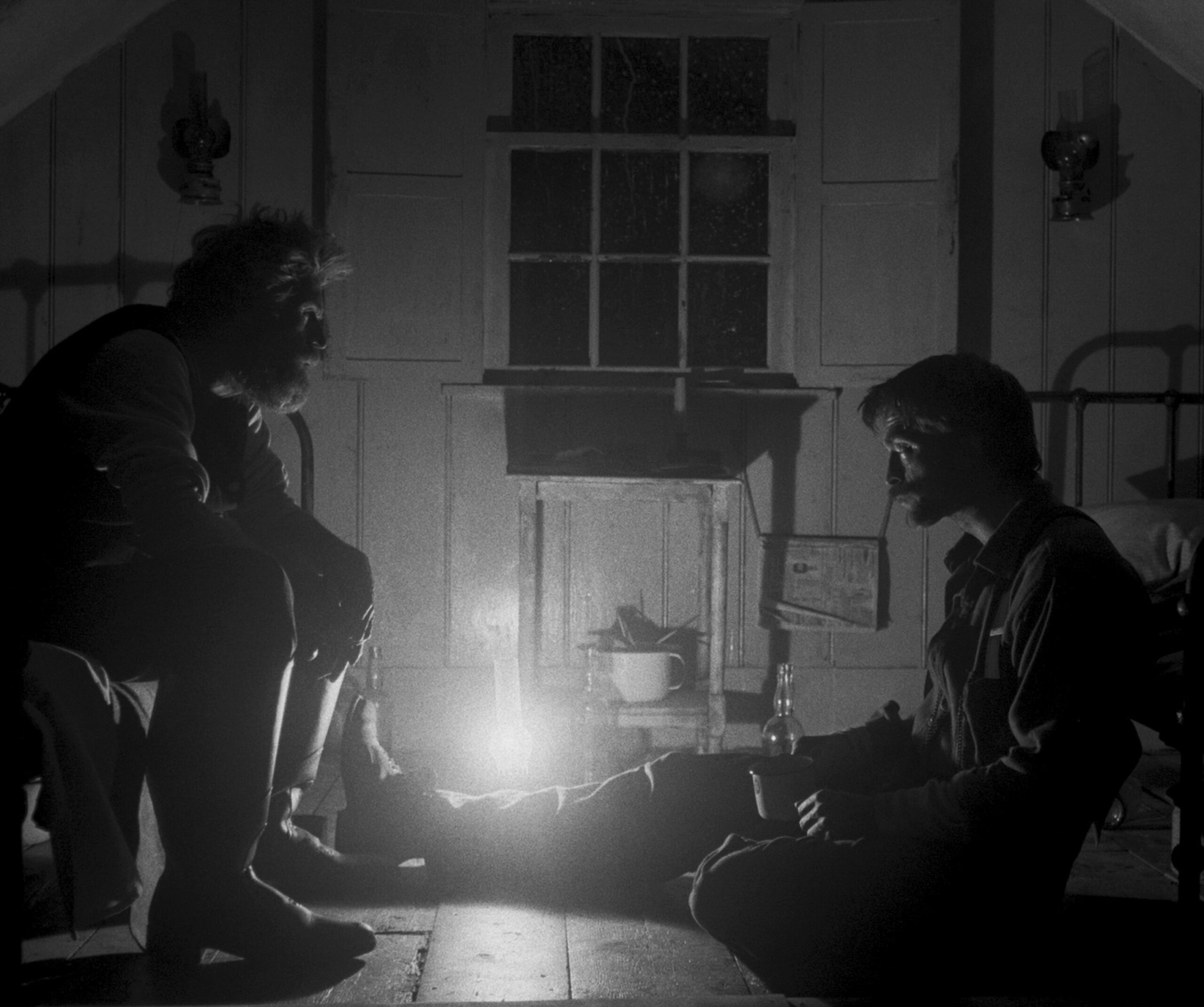Hélène Binet was born in 1959 in Sorengo, Switzerland but spent most of her adolescence in Italy. Growing up between Sperlonga and Rome, it’s easy to see how the coastal stones of Lazio and the cyclic play of light and shadow on the ruins of the Eternal City deeply influenced her imagination. After studying at the European Institute of Design in Rome, Binet began her professional journey at the Grand Théâtre in Geneva, where the darkness of the theatre and the movement of dancers challenged her skills in framing, timing, and aperture settings.
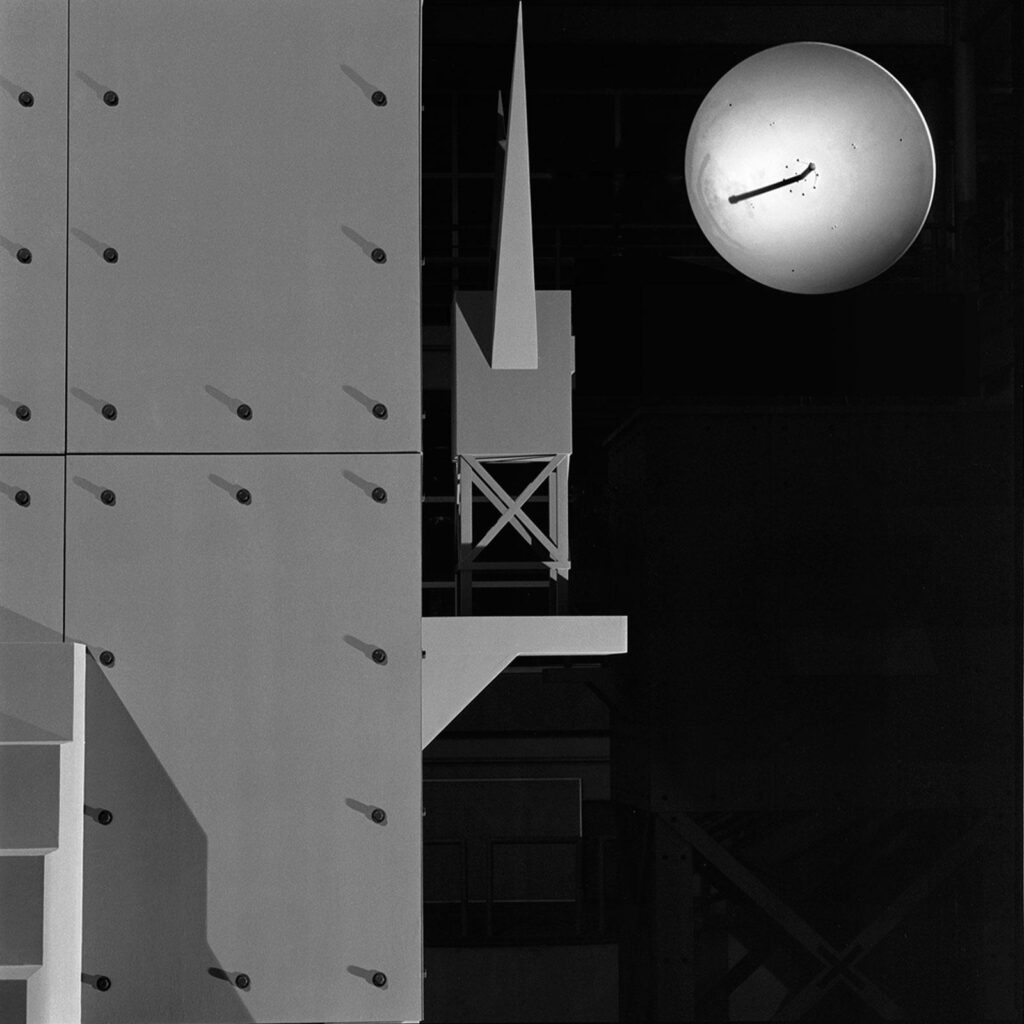
Formative experiences and encounters in Venice in the mid-80s with Bunschoten and Libeskind convinced Binet to relocate to London, where she immersed herself in the cultural circles of the Architectural Association (AA). It’s likely here that she discerned the trajectory of her work and career.
Hélène Binet and her connection with the architects
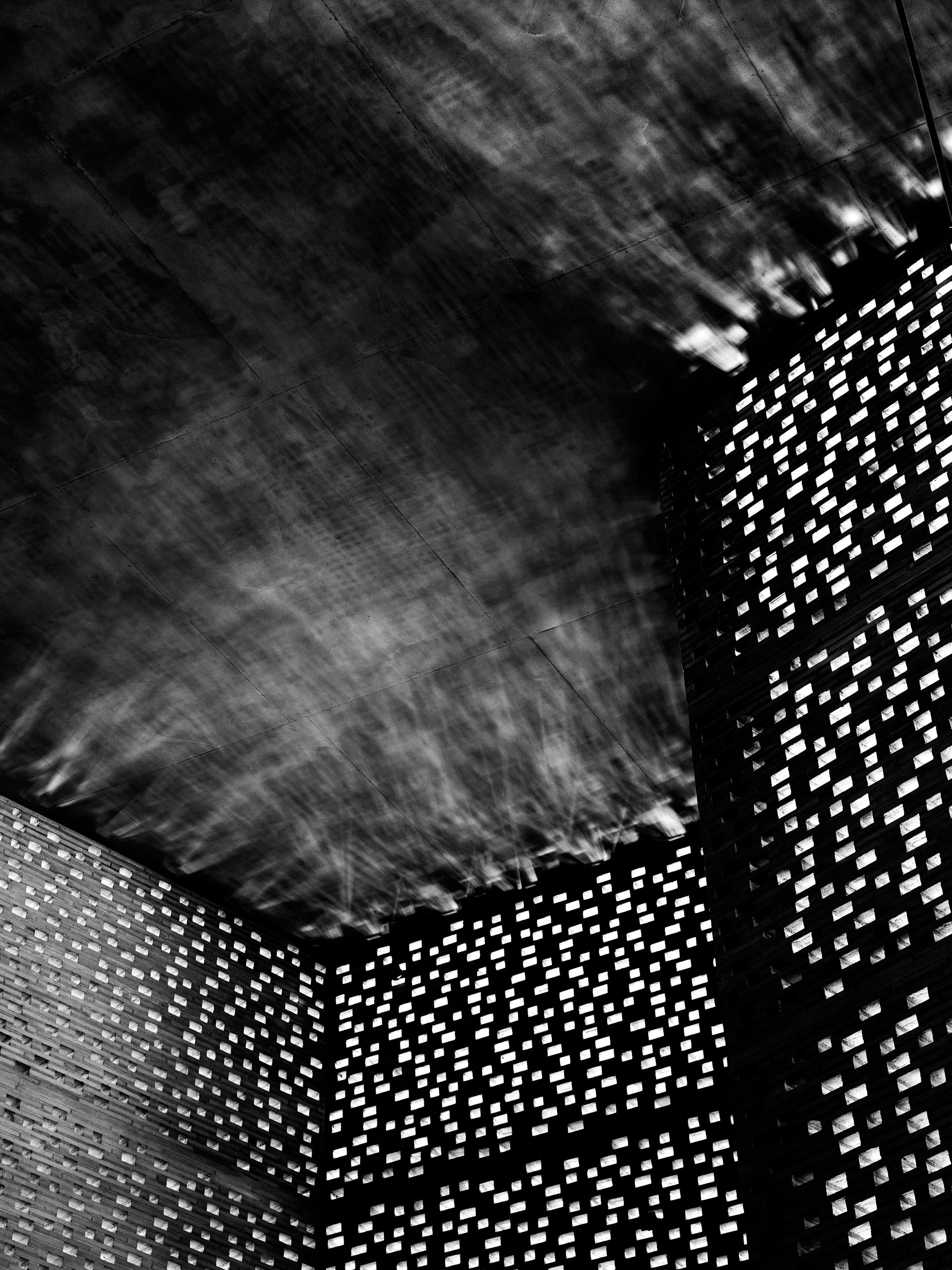
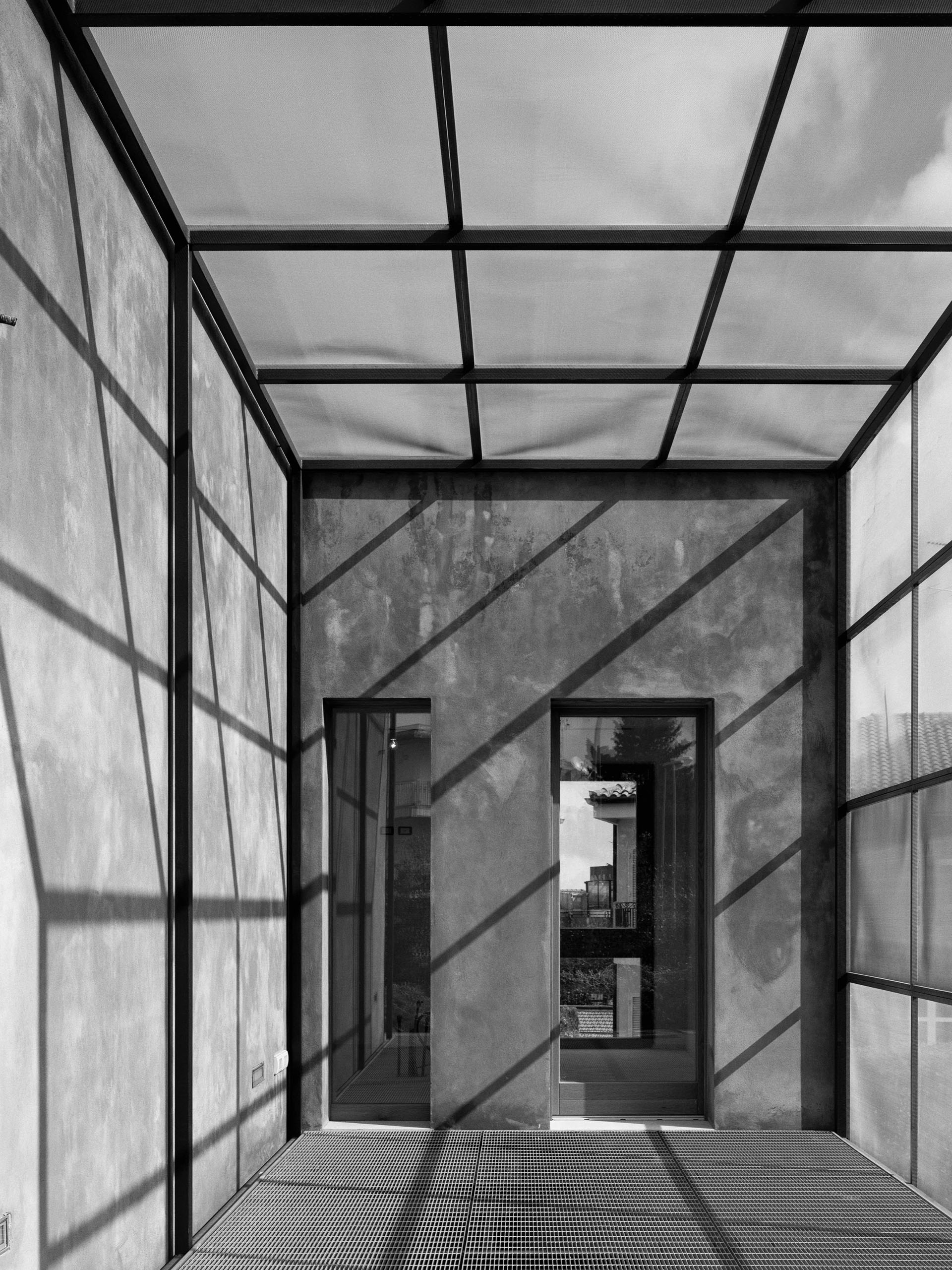


Over time, Hélène Binet has engaged in a profound dialogue with architecture, moulding light into absolute black, endless shades of grey, and sudden sparkles. Thus, she emerged not only as one of the most talented architectural photographers but also as a philosopher of light. Her career grew alongside many architectural maestros, such as John Hejduk and Daniel Libeskind. She also captured enigmatic figures like Peter Zumthor and free spirits like Zaha Hadid.
Yet, she’s always had a leaning towards lesser-known authors, working closely with them, as highlighted by her collaboration with Giuseppina Grasso Cannizzo. Under the different illuminations of the Sicilian sun, Binet highlights sharp iron structures, lime and cement surfaces, and natural pavements, emphasizing their compositional strength.
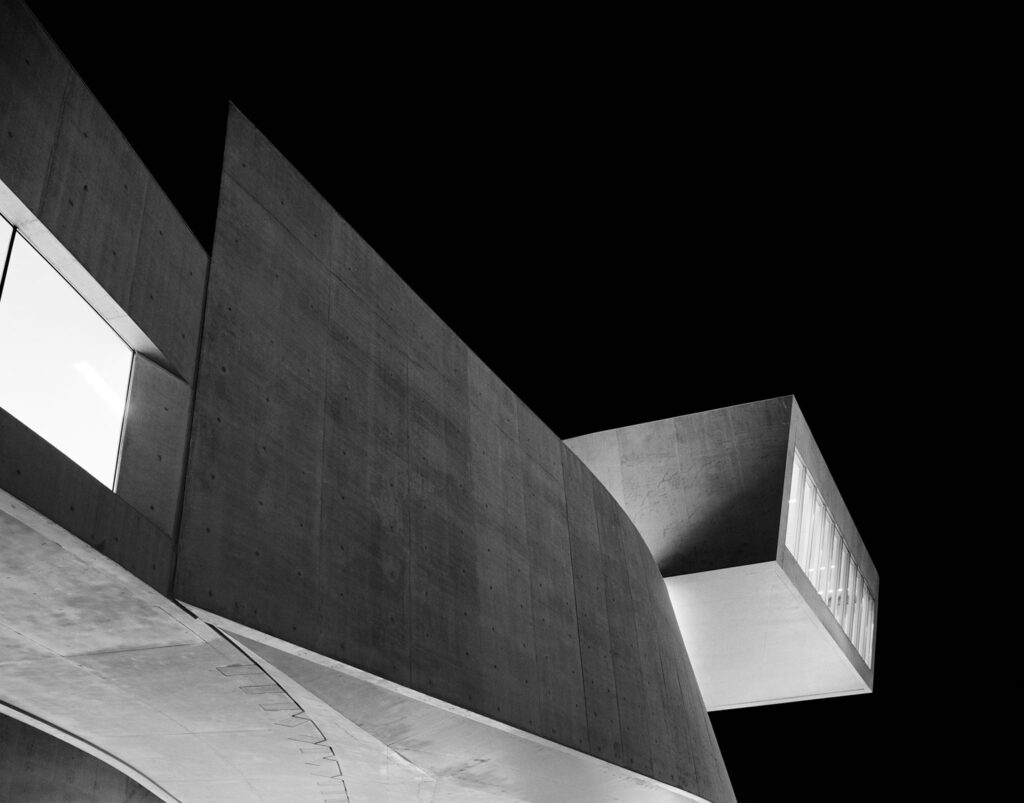
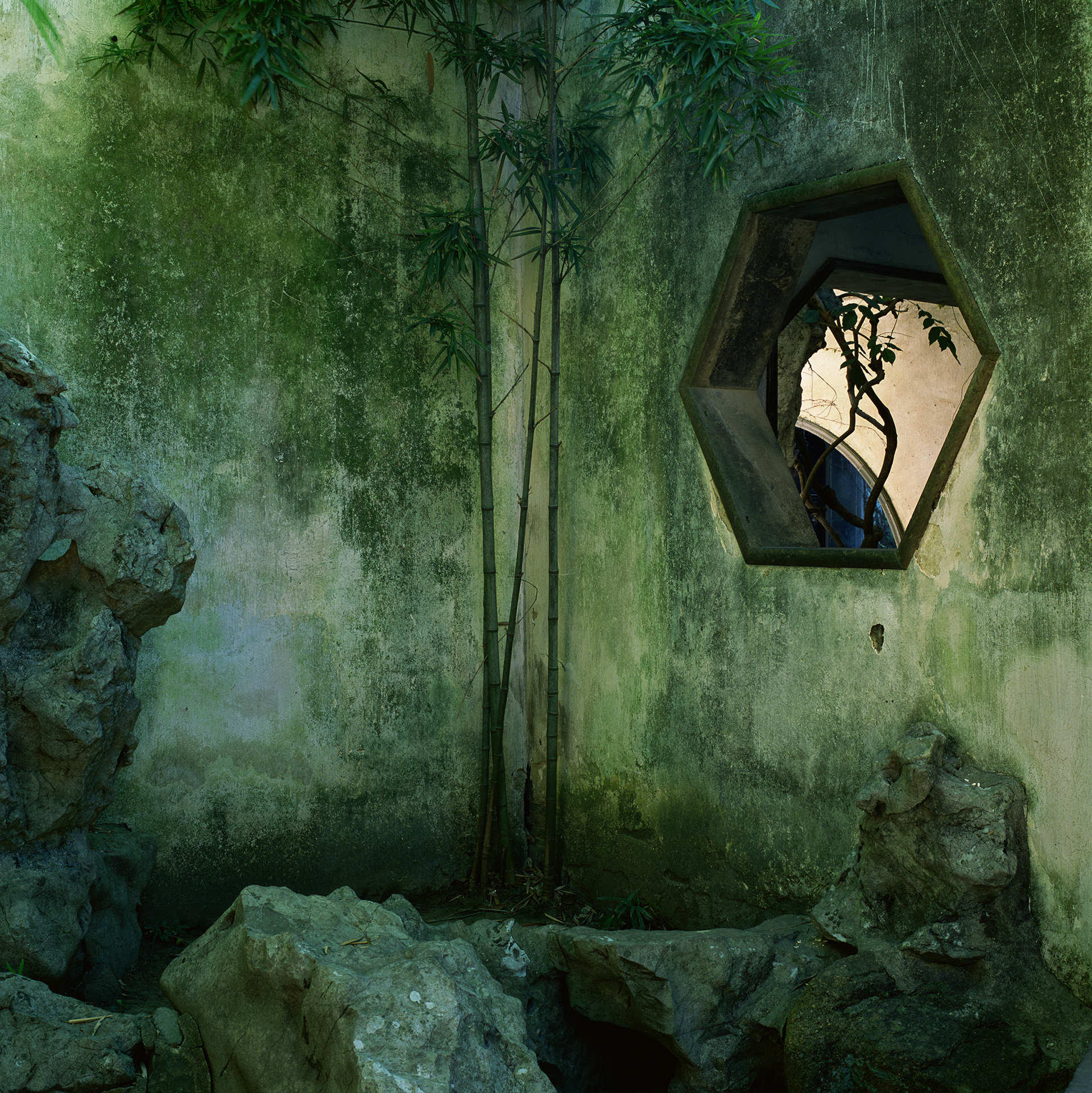
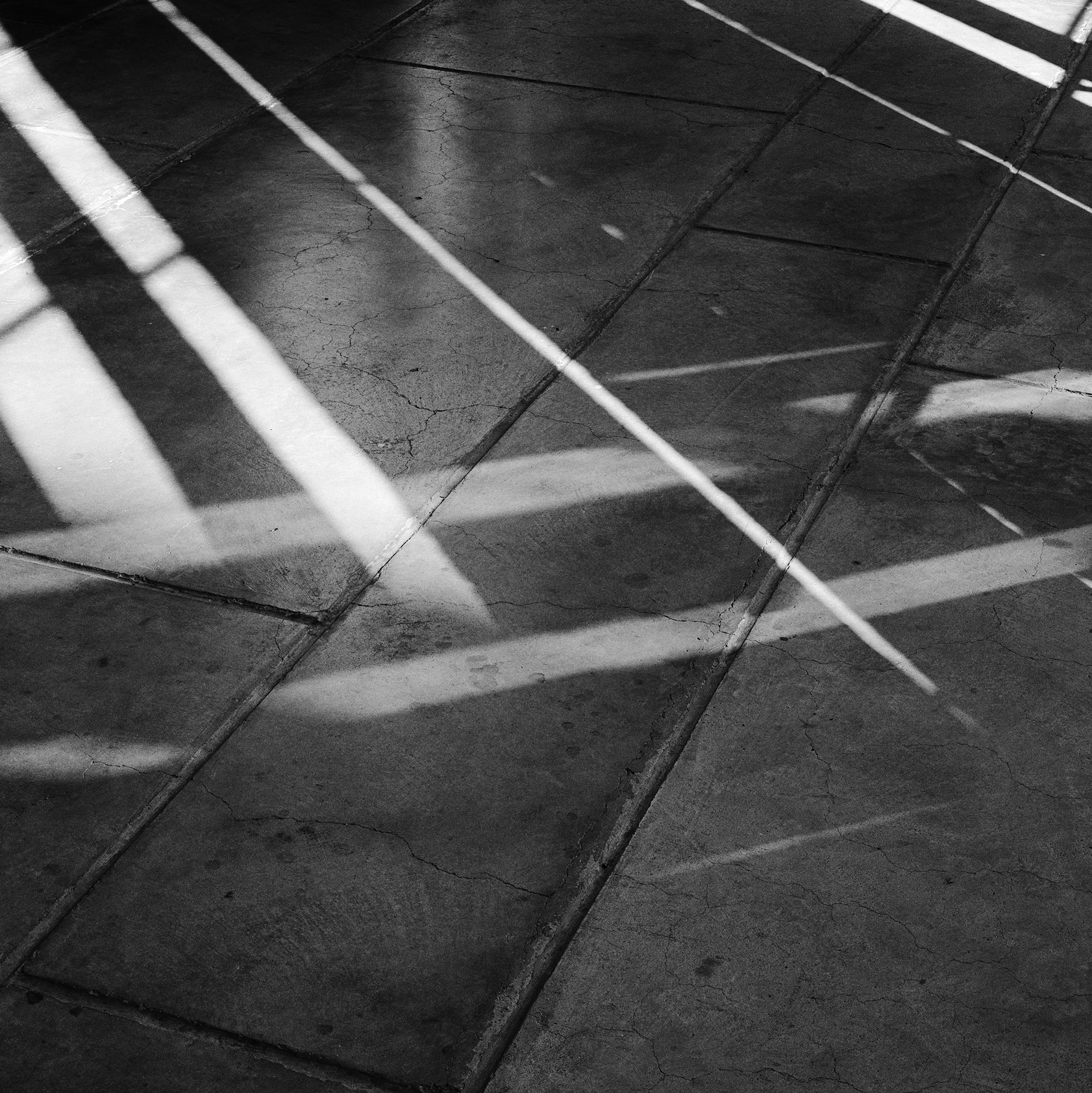
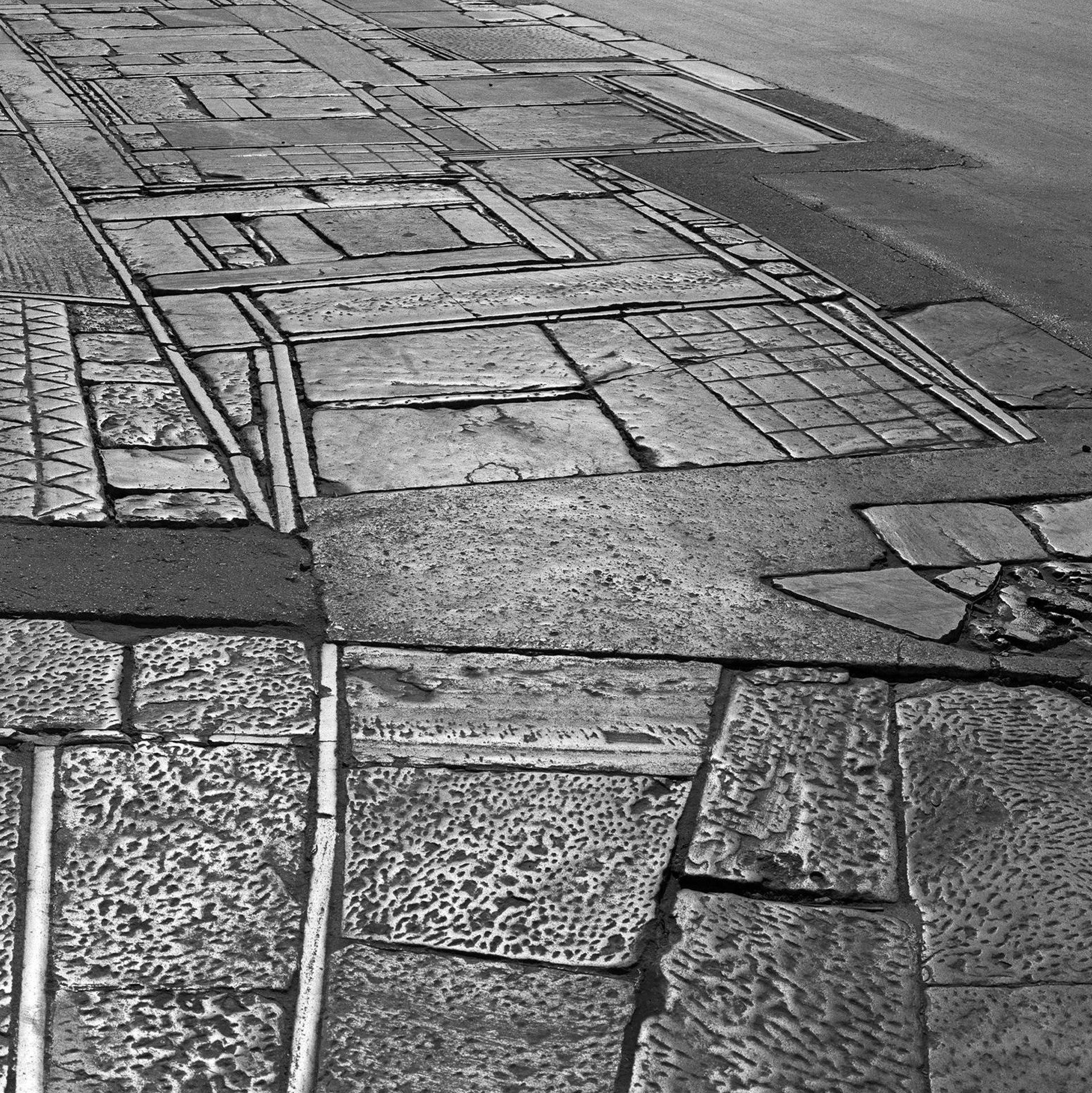


One can’t forget her travels to capture the light reflections on the recycled stones in the archaeological area of the Acropolis of Athens by Dimitris Pikionis, the dramatic light of Le Corbusier’s Couvent Sainte-Marie de La Tourette, the spiritual light of the Jantar Mantar observatory in Jaipur, India, and recent shots from the Classic Gardens of Suzhou in China. Here, the delicacy of the light mirrors nature as a “motherly presence” safeguarding the buildings.
A new series titled Flowers and Time marks a shift in Binet’s approach towards a freer and more playful interaction with light and nature.
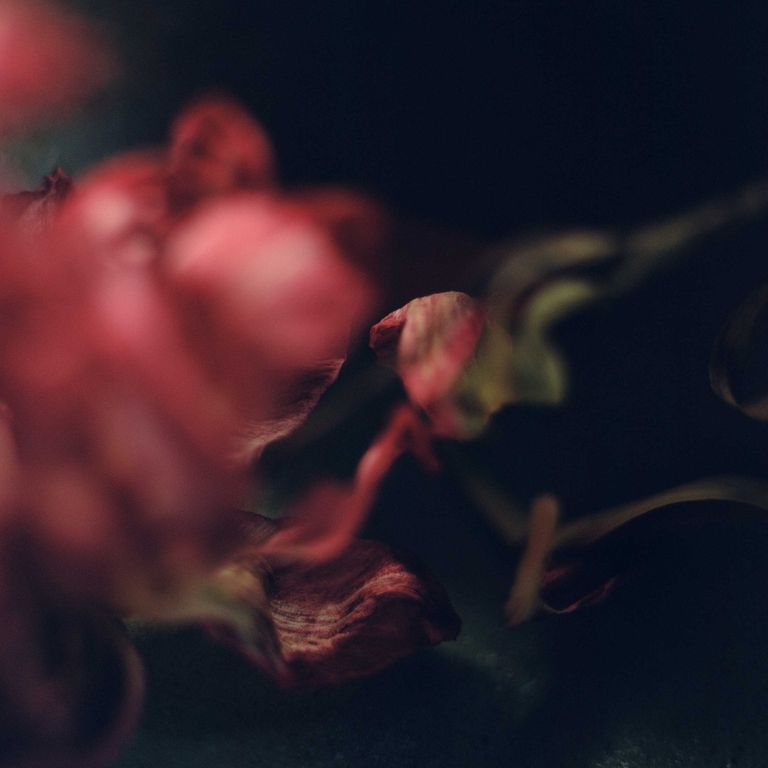
The Most Recent Exhibitions
Among Hélène Binet’s recent solo exhibitions, two have left a significant mark.
The first, in 2021 at London‘s prestigious Royal Academy, was titled Light Lines: The Architectural Photographs of Hélène Binet.The second, two years later in 2023 at Euroluce during Salone del Mobile.Milano, titled Hélène Binet: Nature, Time, and Architecture. Both exhibitions aimed to delve analytically into the central theme of her work: the relationship between light and architecture.
At the Royal Academy in London, in an intimate setting, Hélène Binet showcased her ability to capture the essential elements of architecture. The powerful and dreamlike images unveil the light, space, and shape of these magnificent architectures. In Milan, within Euroluce’s cultural context, a collection of fragments was displayed, not a full story, but an exploration of space and light, the true essence of architecture.
Hélène Binet’s light
Binet’s work celebrates the art of patience, a homage to the movement of sunlight, a ritual where these two elements overlap in architectural space, waiting for the “perfect” shot to capture the essence of the architectural work. Photographs that narrate about authors and places where the slow dance of light on surfaces, shapes, and materials invites introspection, emphasizing the magical relationship between light and architecture.
